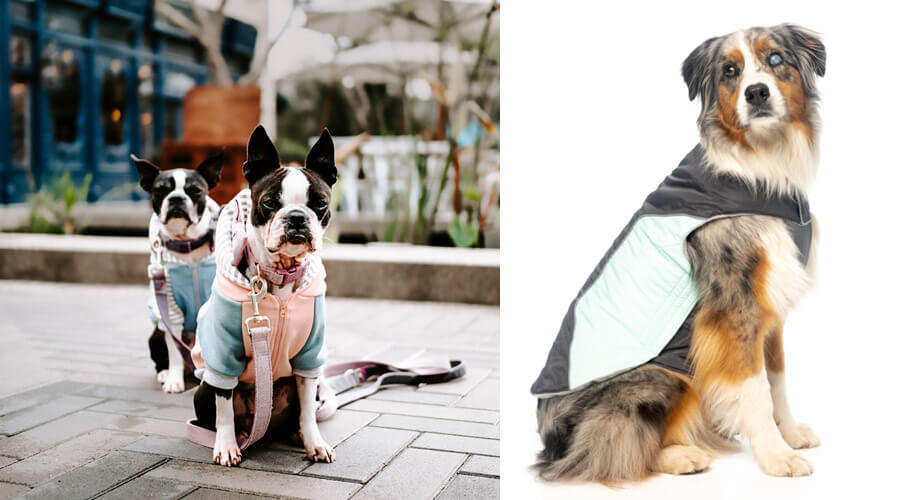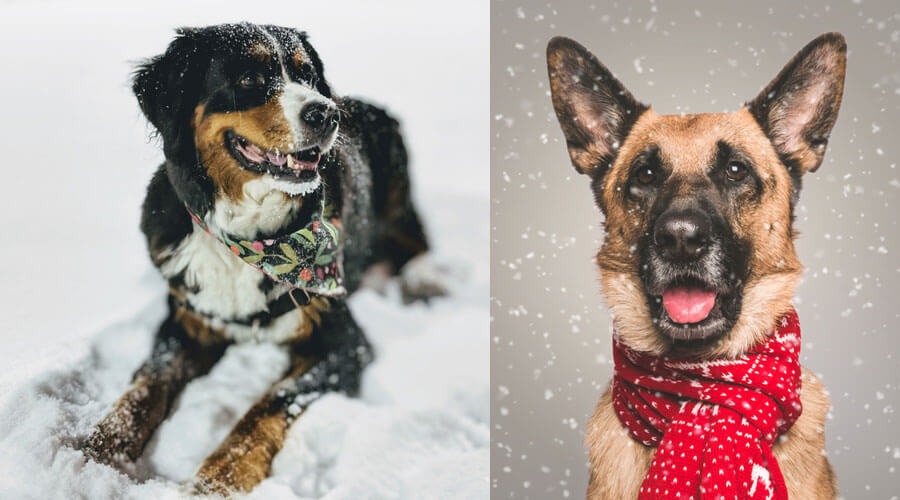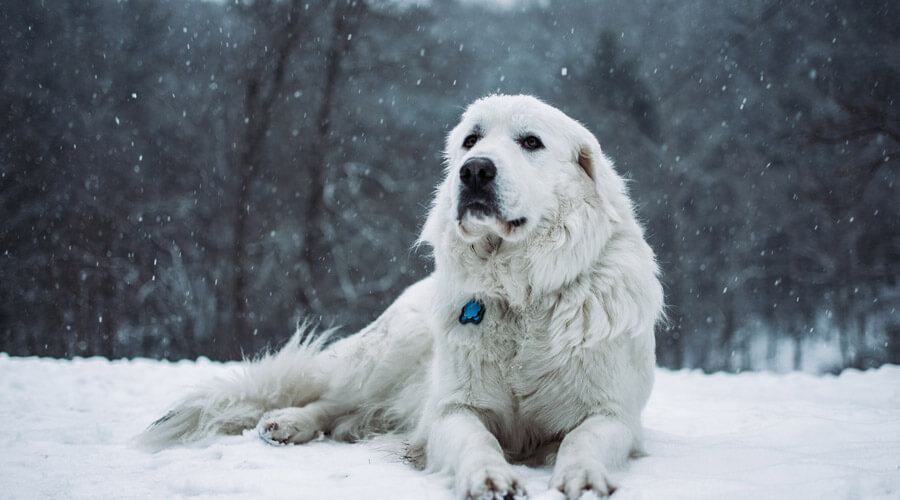Pet retailers, professional dog walkers, pet sitters and vets can all work collaboratively to educate clients on pet safety during winter.
While most people are aware of the risks that hot weather poses on pets, they may not consider pet safety as much during winter. As such, it’s important to discuss cold weather hazards with clients and how they can keep their pet safe and well throughout winter.
Winter wellness for pets
To help ensure pet safety during the chilly season, discuss with clients the importance of regular veterinary checks. A medical check-up can help spot any potential issues, before they become a problem, and ensure the animal is as healthy as possible for winter. This is particularly the case for older animals and those with existing conditions, such as diabetes, lung and heart disease and arthritis.
Advise pet owners to be on the look out for symptoms of discomfort and joint pain. According to The Kennel Club UK, signs of arthritis include:
- Lameness
- Obvious stiffness
- Continually licking a joint
- Unusual aggression (a sign of pain)
If you suspect your dog has arthritis, read here for tips on managing arthritis.
Potential pet safety issues – cold temperatures
Pet owners with arthritic and elderly pets are likely to be aware of the need to shorten their pet’s daily walks in winter. However, clients who have dogs with shorter hair might not think about their pet’s tolerance to cold weather.
As a pet professional, you can highlight the fact that different breeds of dogs have different levels of tolerance to cold weather, based on their coat, their health, body fat and age.
Short-haired and short-legged dogs will feel the cold much more than dogs with long coats and long legs, simply because their body has less protection and their belly is closer to the ground.
Pet retailers can promote clothing, such as jackets and even doggy jumpers, to help keep our canine pals safe during the cooler months.

Image source (right): FuzzYard
While some pet owners think that giving their cat or dog a little extra food in winter can offer them extra protection from the cold, by way of increased body fat, discourage them from doing so.
There are several other ways to keep animals warm in winter, without making them put on additional weight. Educate them on the fact the protection against the cold doesn’t out weight the health risks associated with being overweight.
Additionally, if the pet is getting less exercise in winter pet owners need to be encouraged to assess the animal’s food portions. It may be that they need to actually cut back on meal sizes.
Clients can also be advised to re-assess their pet’s bedding. This might mean changing the location of their bed to a more snuggly spot or swapping from a cool summer bed option to a warmer, winter bed.

Hypothermia
Some pet owners might not even be aware that cats and dogs can suffer from hypothermia and frostbite. There’s the idea that if an animal has fur it can withstand all temperatures.
Pet professional can help bust common myths and may need to suggest that an outside animal is allowed inside during really cold weather.
You’re also well placed to offer clients advice on how to recognise the signs of hypothermia. Symptoms include:
- Whining
- Shivering
- Anxiousness
- Lethargy
- Weakness/unresponsiveness
Pet owners who suspect their dog has hypothermia should wrap the animal in a blanket (they can use a hot water bottle wrapped in a towel for extra warmth) and take them to their vet.

Cold-weather hazards
Aside from advising clients on the common pet safety precautions, you can discuss the myriad dangers that are more prevalent in winter.
For example, feral cats are more likely to snuggle up under a warm vehicle or set up bed under the hood of a car in winter. If an unsuspecting driver doesn’t think to check under the car and hood before starting up the engine, the consequences could be devastating.
Likewise, pet owners seem to be aware of the danger of hot tarmac on their animals’ paws but are perhaps less likely to consider the peril of cold weather. Cold can cause pets’ paw pads to crack and bleed, leading to infection and soreness. So remind your clients to do a quick daily check to ensure their animal’s paws are in good condition and free from cuts and abrasions.
Also, don’t forget to discuss the importance of pet safety during emergencies. Winter storms, for example, can result in extreme flooding and power outages. Educate clients on the need for a pet disaster plan, as well as a pet first aid kit.
Latest posts by Liz Walden (see all)
- Pet health: Medicinal cannabis for pets - December 27, 2021
- What pet business insurance do I need? - November 17, 2021
- Pet sitters: how to take time off - November 15, 2021










Leave A Comment